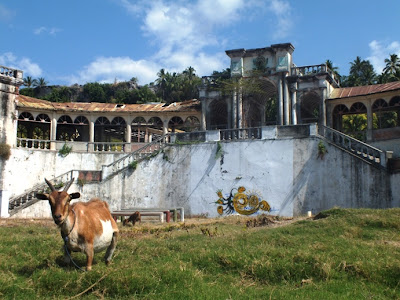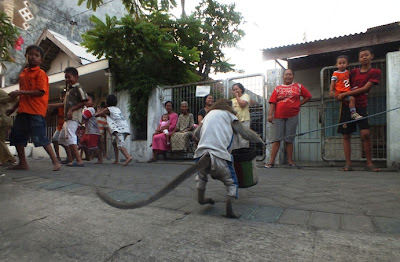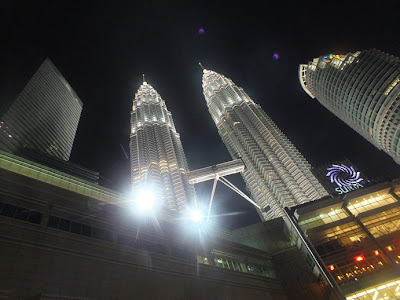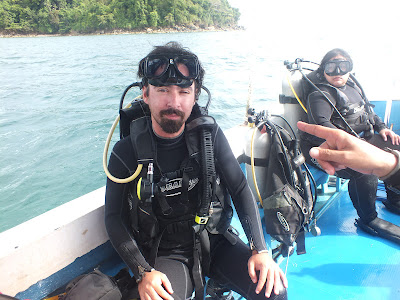It was of course nice to see my father again after a year and a half and it would be good to spend "quality time" with him. However I would, by necessity, have to change my way of travelling to accommodate him somewhat, as it would be hard to expect someone in their late 60's to hitchhike and sleep rough, which would have been my first resort if left to my own devices, out of necessity if nothing else (Australia was already expensive seven years ago when I was first here, but since then the Aussie dollar has appreciated in value by about 40%, whilst prices have simultaneously gone up too, on the back of a gigantic natural resources boom, so that a simple overnight bus trip now costs more than my entire monthly budget in most Asian countries). The first thing that needed to be decided was transport: how are we going to get about this not insignificant country. Since flying was out of the question some sort of vehicle was in order. We weighed the pros and cons of renting and buying and decided upon buying our own vehicle, judging it might work out a little cheaper and, more importantly, give us more freedom and flexibility. It is a dream of many to buy a van, to be fully self-sufficient, and head off into the wild blue yonder. The reality though was that most of the vans for travellers on sale were either wildly overpriced or in such poor mechanical condition that arrival at our intended destination was akin to a spin of Russian roulette. So after discarding the poor pickings of Darwin's van offerings we expanded our search to estate cars (station wagons) in which it would be possible, at a pinch, to sleep in the back. Here the selection was far greater and of better value as it was aimed towards a more discerning, local market, rather than gullible backpackers. And within a day we had found ourselves a 2001, 4 litre Ford Falcon (a decidedly Aussie model not found anywhere else) that had been converted to run on LPG (thereby hopefully reducing our upcoming running costs).
 |
| With our trusty car, just before setting off, that, in flagrant contravention of Aussie backpacker
tradition, we have neither painted with flowers nor given a name to. |














































